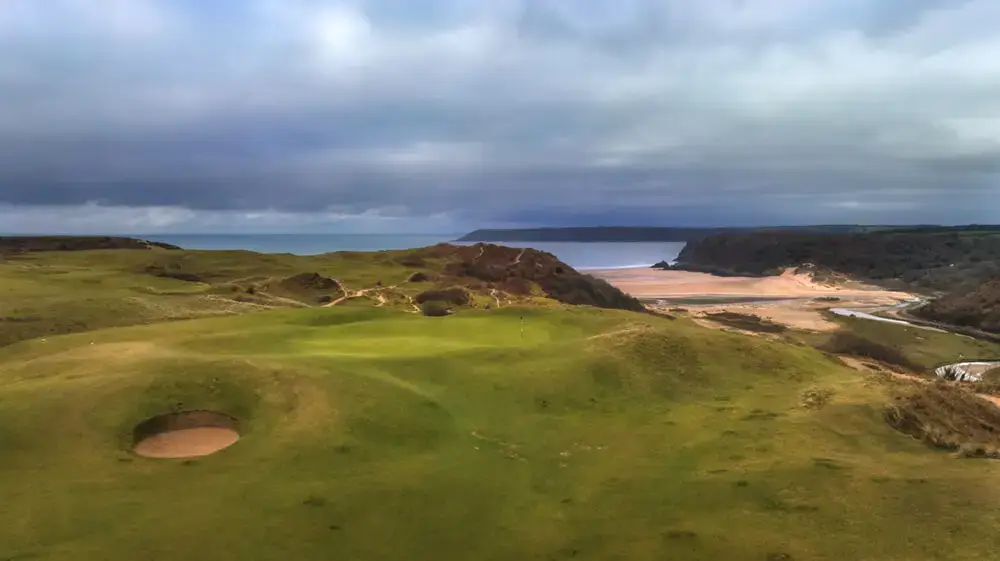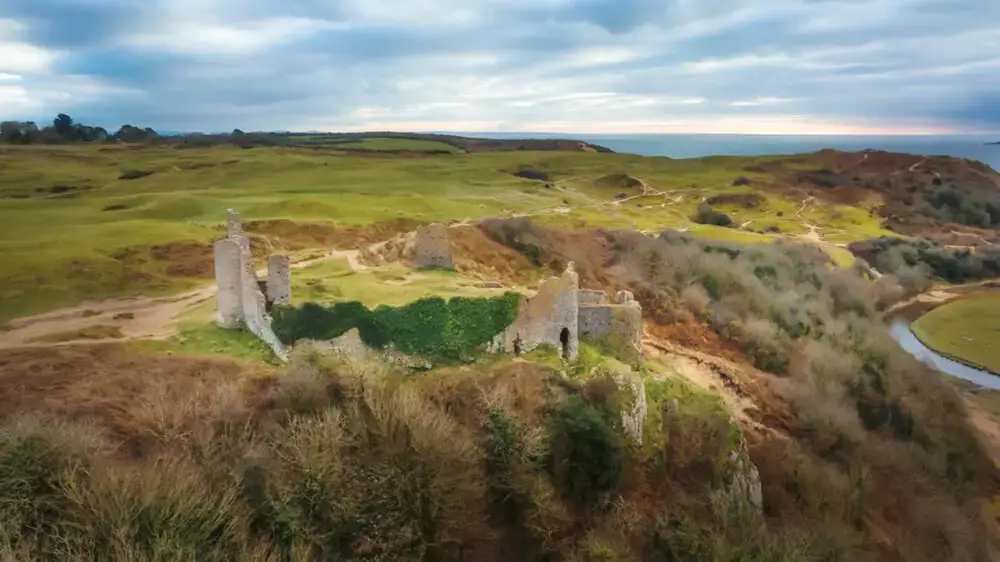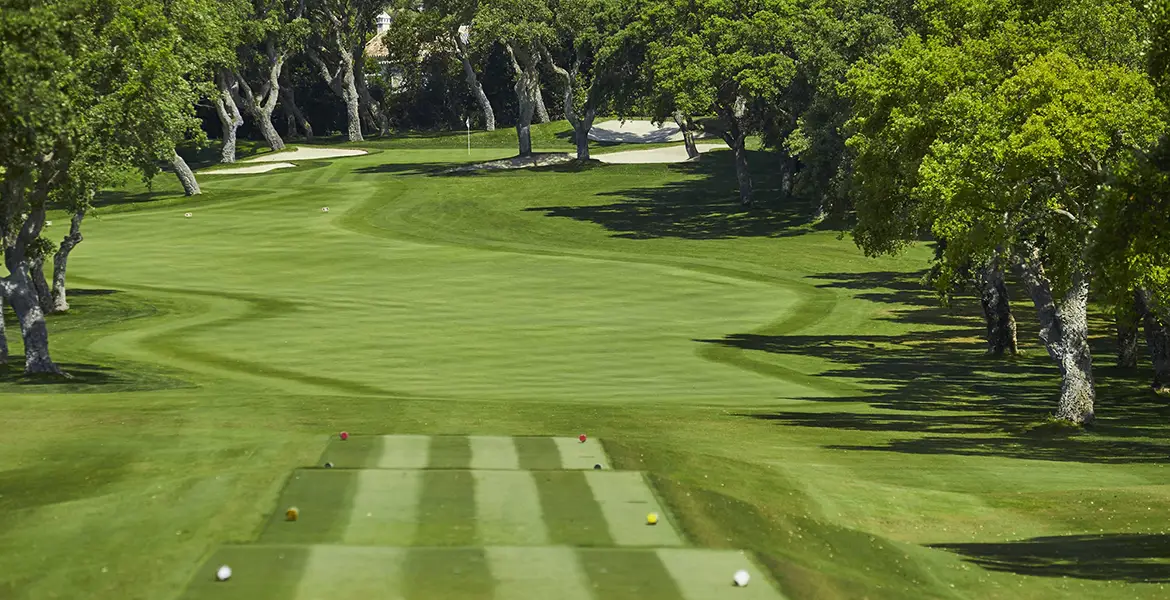Often called the “links in the sky,” this Welsh rarity is a windy test of quirks and curiosities
Located close to Swansea, Wales’s second largest city, and stretching westward from the intriguingly named small resort town of Mumbles, is the Gower Peninsula, a wonderfully scenic corner of Great Britain. It is a land of beautiful beaches, craggy cliffs, and curvaceous coves. Blessed with quiet charm, its villages are rarely bustling and visited by few tourists. It is also home to the hidden treasure that is Pennard Golf Club.

Founded in 1908, Pennard can claim to be Wales’s best-kept golf secret. Laid out by five-time Open champion James Braid, the course occupies land perched 200 feet above the sea, and the sloping, tumbling terrain looks as if it might slip into the ocean at any moment. The views across Oxwich Bay and Three Cliffs Bay are marvelous, and fortunately the golf experience is worthy of the setting.
It is an experience that is difficult to summarize: No seaside links is quite like Pennard, and yet a round here can evoke memories of several of Britain’s most distinctive and distinguished courses.
The elevated, tilting-toward-the-sea nature of the terrain hints at Royal Porthcawl, Wales’s greatest links, and certainly some of the holes on the higher ground, where swaths of gorse and heather flourish, possess the same moorland flavor that characterizes parts of Porthcawl. There are also some similarities with England’s St. Enodoc—although the scenery at Pennard is even more spectacular—and Royal North Devon (Westward Ho!) with its occasional blind shots and eccentricities, including electrified fences around greens to protect them from the cattle and sheep that graze on the property.
And then there is Pennard’s own unique feature: Pennard Castle. Where else in golf do you get to play alongside the imposing ruins of a 12th-century Norman fortress and the site of a medieval church? In fact, the castle almost comes into play on the par-four 7th hole and is visible from many others.

While the round comprises two distinct loops of nine, in common with all traditional (and, it is fair to say, “old-fashioned”) links, the holes accommodate the land rather than vice versa. The fairways are naturally crumpled and the green complexes and putting surfaces anything but uniform and predictable. The course has evolved over time and, despite various (necessary) revisions to the original layout, the hand of man is rarely in evidence.
The 351-yard 7th, “Castle,” is undoubtedly Pennard’s most talked-about hole: An exhilarating drive over a deep valley must be followed by a deft pitch to a sunken green. And there are many other strong and interesting holes to savor. A selection might include any or all of the five short holes, plus a memorable finishing sequence, comprising the par-five 16th, “Great Tor,” which charges dramatically downhill toward the sea; “Helwicks,” the controversial, blind, double-dog-legging 17th (also a par five); and “Highway,” the tough and tumbling par-four 18th.
Stretching to just 6,420 yards from the back tees, Pennard is quite short for a modern-day tournament venue (the club hosted the Welsh Amateur Championships in 2022), however, the wind that routinely blows and sometimes blasts up the Bristol Channel ensures it can provide a serious test for anyone. But providing a test is rarely the reason first-time visitors often feel compelled to return as soon as possible. Most vow to come back because they leave feeling thoroughly enriched by their golf experience and enchanted by the splendor of the setting.
Thank you for supporting our journalism. If you prefer to read in print, you can also find this article in the Fall 2023 issue of LINKS Magazine. Click here for more information.






